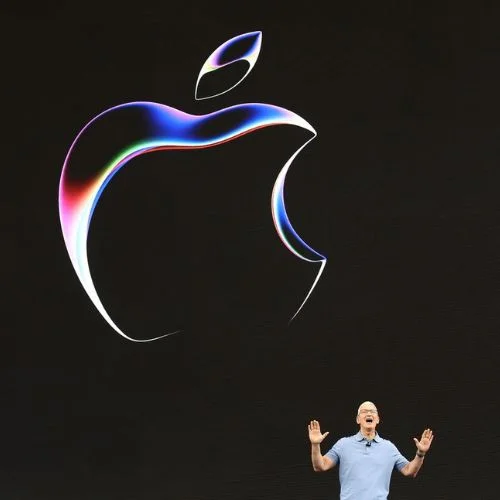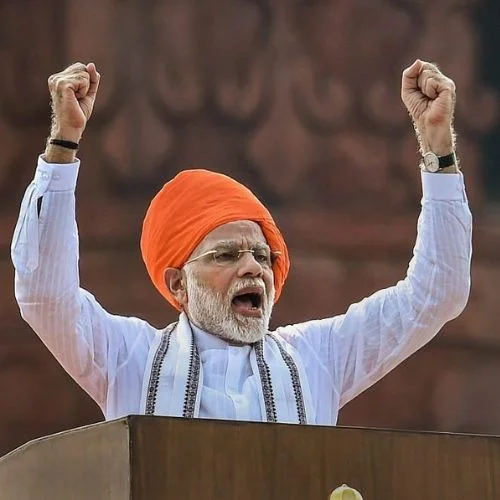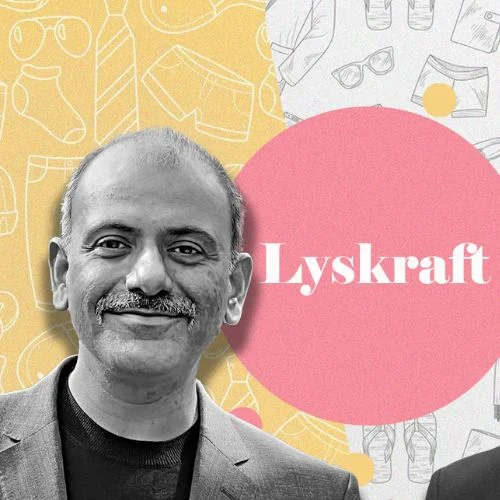India’s transition to 5G may not be as swift as initially predicted, with only a third of telecom users anticipated to make the switch by March 2025, as revealed by CRISIL rating agency.
This lack of adoption can be attributed to various reasons, such as the elevated expense of 5G-enabled devices and the fact that the already available 4G network suffices most users. Moreover, many users may not perceive the immediate value proposition of upgrading to 5G.
The progression of India’s 5G network user base is anticipated to be exponential, with a predicted estimation of 300 million users in the forthcoming 24 months. This foretells an astounding and dramatic surge from the current user base, which amounts to a trifling 20-25 million. Nevertheless, the high expense of 5G-enabled devices, coupled with the relatively inferior value proposition for users, may hinder the 5G adoption rate, primarily in comparison to 4G phones.
Despite the aforementioned obstacles, it is an encouraging sign for 5G’s growth in India that the existing 5G users are already relishing in technology-neutral tariffs from Bharti Airtel and Reliance Jio. As the proportion of 5G smartphone shipments gradually increases, it is highly plausible that the user base will experience an incremental rise, further cementing India’s position as a pivotal player in the telecommunications industry.
5G technology possesses the potential to revolutionize multiple sectors in India, including healthcare, education, and manufacturing. Nonetheless, the deployment of 5G in the country may proceed sluggishly due to a lack of infrastructure and elevated costs. Nevertheless, the government is exerting efforts to hasten the deployment of 5G networks, and telecom operators are enlarging their 5G coverage, indicating that the adoption of 5G will continue to escalate in India in the forthcoming years.
CRISIL, a leading global analytics company, stated that the adoption of 5G in India will not be at the same pace as 4G adoption. It took only two years for 60% of users to migrate to a 4G network, but the adoption of 5G is expected to be slower. The entry of Reliance Jio, followed by tariff wars, further accelerated the adoption of 4G in India.
Despite the fact that only 30-35% of the 150-170 million devices shipped in India have 5G capabilities, the share of 5G smartphone shipments is expected to gradually improve, according to CRISIL. However, large-scale adoption of 5G will only be possible if real-world use cases are unlocked. CRISIL’s analysis suggests that access to smart classrooms, precision farming, and intelligent transport systems will require significant upgrades in network infrastructure, which may take some time to implement.
The Indian government has made efforts to accelerate the deployment of 5G networks by auctioning spectrum in the 3.5 GHz band in March 2021, making it the first time 5G spectrum was auctioned in the country. This spectrum is expected to be used by telecom operators to provide 5G services across the country.
The ongoing endeavors by telecom enterprises to extend their 5G coverage in India are also showing promise. The biggest telecom operator in India, Reliance Jio, has proclaimed that they have created their own 5G technology, which they aim to introduce in the country once spectrum is made available. Bharti Airtel and Vodafone Idea, the other notable contenders in the telecom industry, are also trialing 5G technology in various regions of the country.
The integration of 5G technology in India is expected to be propelled by a myriad of factors. The upsurge in demand for high-velocity internet services, the mounting usage of internet-connected contraptions, and the emergence of groundbreaking technologies such as the Internet of Things (IoT) are among the factors that are anticipated to hasten the adoption of 5G technology in India.
Nevertheless, the acceptance of 5G technology in India is also expected to confront several challenges. The absence of an established infrastructure and the exorbitant expenses are some of the primary challenges that require attention. Additionally, the deficiency of practical use cases may also decelerate the acceptance of 5G technology in India.
To sum it up, while the adoption of 5G technology in India may be sluggish due to the deficiency of infrastructure and high expenses, the current endeavors of the government and telecommunication service providers to expedite the implementation of 5G networks in the country seem auspicious. The adoption of 5G technology is expected to be driven by various factors, including the growing demand for high-velocity internet services and the increasing usage of internet-connected gadgets. However, the lack of infrastructure, high expenses, and the lack of practical use cases may also impede the acceptance of 5G technology in India.















